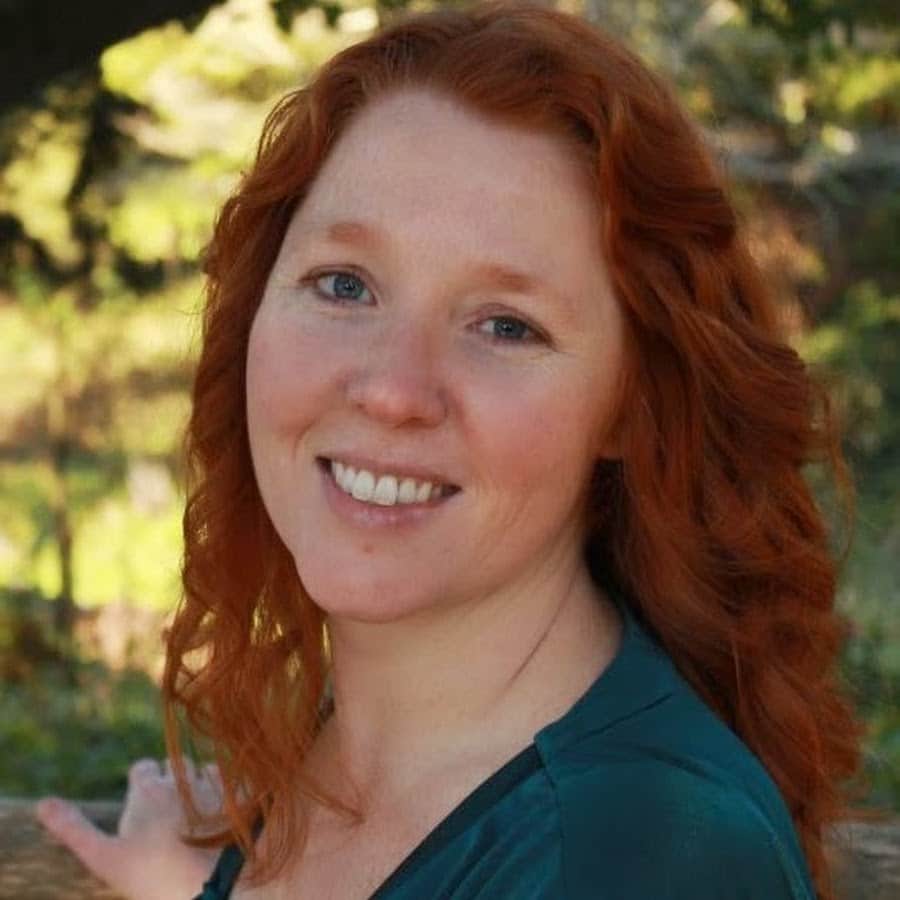“Shame is the feeling of humiliating disgrace of having been violated. Shame tells you that you are bad.” (from Shelter from the Storm)
It becomes challenging to correct for shame because it is rooted in a negative belief. For example, “I am unlovable, because [fill in the blank – we all have different experiences that can lead us to this false belief].” Dysfunctional shame is, essentially, the belief that you are bad. It becomes a deep-rooted way of being that very much impacts our view of ourselves.
Additionally, I see dysfunctional shame as being born out of taking responsibility for something you have “no cause” in. In other words, dysfunctional shame is feeling bad because someone falls down; you feel responsible even though you didn’t trip them.
I think of it like a little equation: No Cause + Taking Responsibility = False Guilt/Shame
This is a defense mechanism. By blaming ourselves, we can deal with the fact that someone we trusted and adored is also capable of harming us. We long to protect the image and idea of the other person, and so blaming ourselves for something we did not cause is easier. However, if we continue to shame and judge ourselves we are guaranteeing that our lives will be mired in self-abuse, lack of joy, distrust, and lack of freedom.
Now, if your way of being is “the shameful one,” then you tend towards reinforcing the false beliefs that lead you to feel shame. As with any false belief, we will find the evidence to support our way of being. We will adopt the shameful message that we are worthless and, no surprise, we will interpret situations or, worse, find abusive people to help reinforce this attitude.
If you’d like to learn a bit about how to break out of these patterns of thought, be sure to join us for next month’s Thrive Tribe on Shame.
“Guilt is the feeling that you did something wrong.” (from Shelter from the Storm)
Guilt is related to you being “at cause” for what happened. Guilt is tripping someone and then feeling bad about it. You can correct an action or behavior that leads to guilt. For example, you can apologize for tripping the person.
The equation goes like this: At Cause + Responsibility = Guilt
Guilt is a tricky beast. In its best form, it spurs us on to transform and change our behavior. In its worst, it can be used as a way to avoid facing reality. One of the payoffs of feeling guilty – of taking responsibility for abuse or unpleasant things that happen – is that we don’t have to face the fact that we were powerless and then face the grief that follows.
If your way of being is “the guilty one,” then you are constantly looking to reinforce the false beliefs that lead you to feel guilt or blame yourself. In any situation, you make yourself responsible for all that has occurred and fail to see the behaviors and choices of others that play a role in causing discord, upset, or breakdowns. More importantly, those around you very quickly learn that this is the role you will play, and so there is little incentive for them to evaluate their own behavior or make any corrections. By being the guilty one, you are essentially letting those around you off the hook and bearing the burden of responsibility on your shoulders alone. While there may be times when you truly are the only one at fault, if you have a deeply engrained belief that you are at fault all the time, you won’t be able to recognize when this isn’t the case.
Now, let me be clear, I’m not saying we should never feel guilt or shame! Each of them has its proper place and exists, in part, to spur us on to better ourselves and to hold others around us accountable. I do want there to be a distinction though between feeling guilt or shame when the situation calls for it and defining oneself as the guilty or shameful one. The former brings about transformation, the latter only causes us to stay stuck in patterns of thought and behavior that keep us from living fulfilling, authentic lives.
To healing,
P.S. If you’re ready to take the next step in healing from abuse and would like to explore enrolling in the Beyond Surviving program, start by applying for a Discover Your Genuine Self session.
Guest Post Disclaimer: Any and all information shared in this guest blog post is intended for educational and informational purposes only. Nothing in this blog post, nor any content on CPTSDfoundation.org, is a supplement for or supersedes the relationship and direction of your medical or mental health providers. Thoughts, ideas, or opinions expressed by the writer of this guest blog post do not necessarily reflect those of CPTSD Foundation. For more information, see our Privacy Policy and Full Disclaimer.





